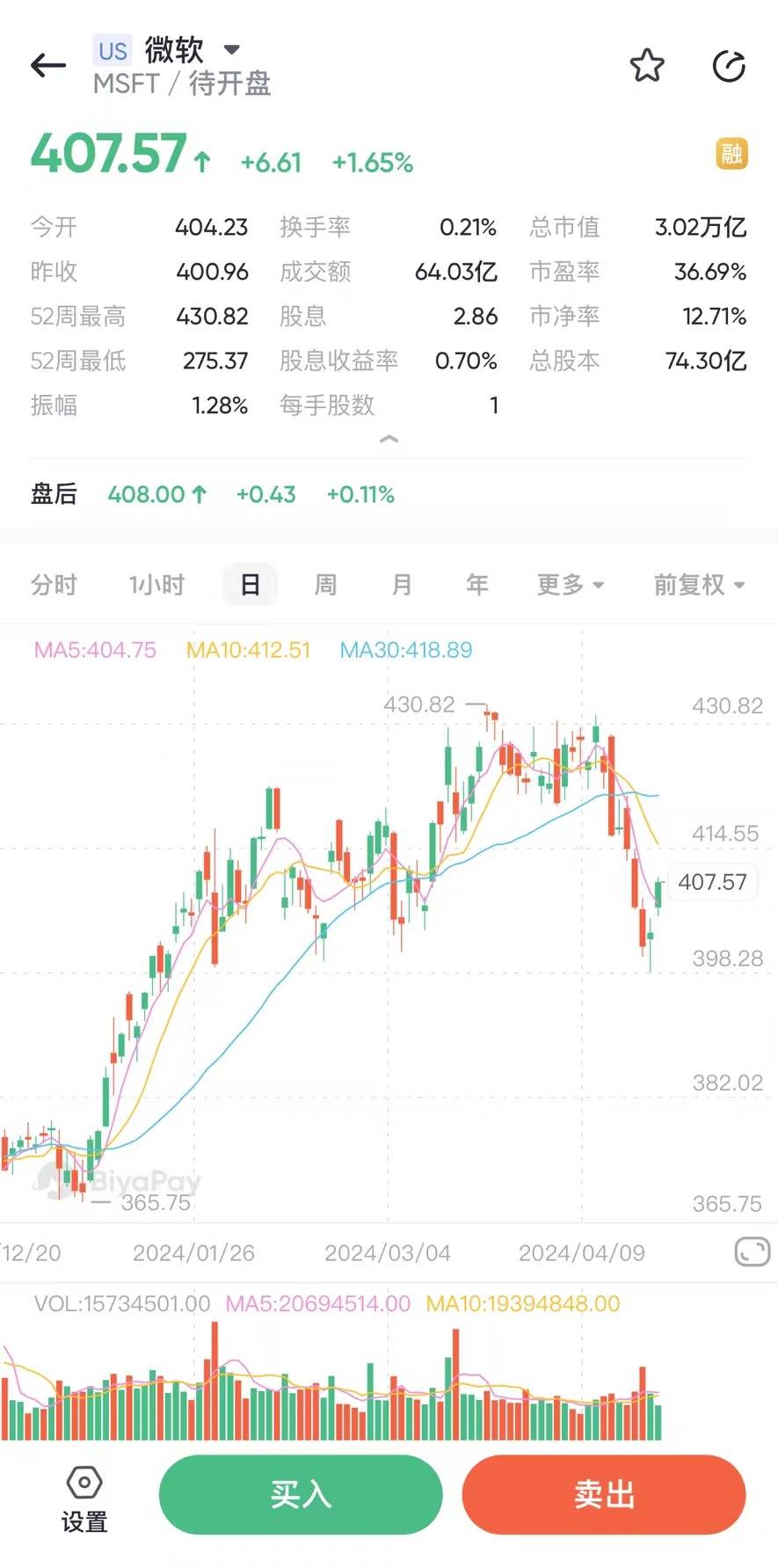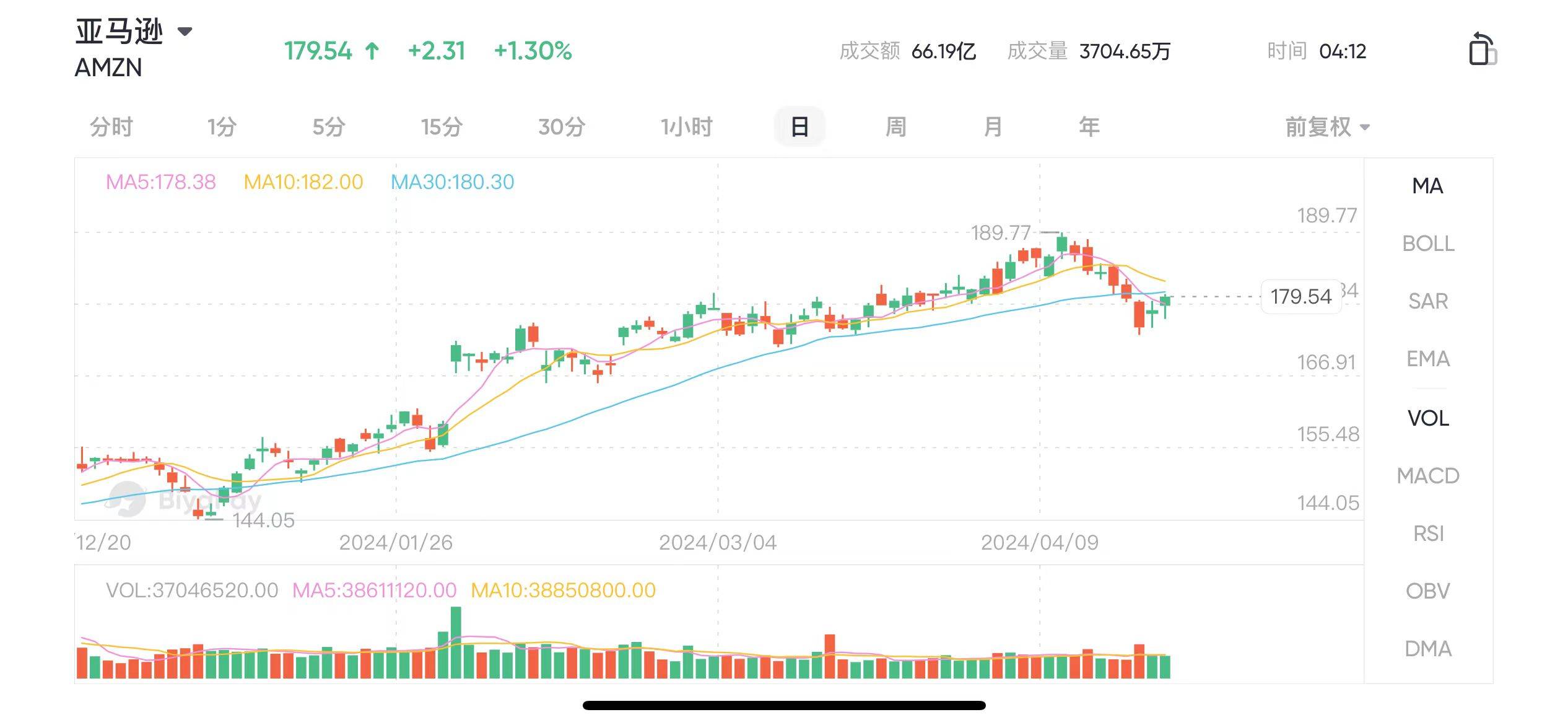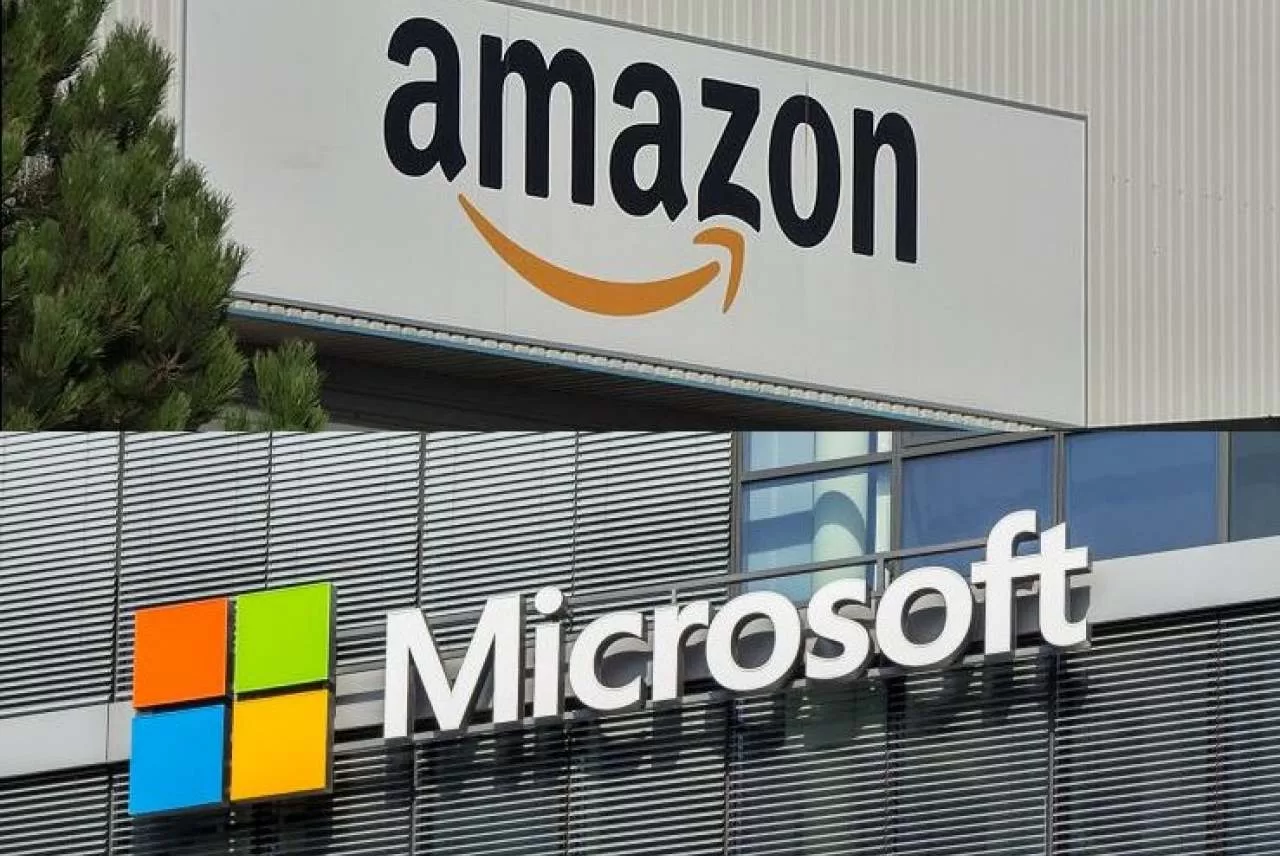- Remittance
- Exchange Rate
- Stock
- Events
- EasyCard
- More
- Download
- Creator

Market Value Reaches New Highs, Amazon Quietly Ascends in the AI Arena! Will Its Value Surpass Micro
Microsoft has always been one of the pioneers in the field of artificial intelligence, but this tech giant is also set to win big by increasingly adopting this technology.
As of this report, Microsoft (Microsoft) is currently the highest-valued company globally, with a market value exceeding $3 trillion. The development of artificial intelligence (AI) has played a core role in helping this tech giant achieve this status.

2024, the King Returns!
Microsoft has successfully reached the peak of the artificial intelligence wave, thanks to an earlier $10 billion investment in OpenAI. Now, this investment has increased Microsoft’s market value by about 70 times, approximately $700 billion, making it one of the most successful investments in history and helping Microsoft reclaim its crown!
Artificial intelligence has already begun to impact Microsoft, with the company achieving growth in lucrative markets such as cloud computing. In the future, with applications of AI technology in workplace collaboration, cloud computing, gaming, and personal computers (PC), Microsoft may continue to hold a steady position in the AI field.
However, Microsoft itself anticipates that AI will only contribute gradually to its growth. Meanwhile, investment bank analysts predict that by 2027, AI will add $100 billion in annual revenue to Microsoft. Estimated revenues for Microsoft over the past 12 months amount to $575 billion, indicating that AI could increase Microsoft’s revenues by 17% over the next three years.
This perhaps explains why analysts predict that Microsoft’s earnings will grow at an annual rate of 16% over the next five years. Although this is a respectable growth rate, other AI stocks are also expected to grow rapidly and may even become more valuable than Microsoft.
Which AI stock has the potential to surpass Microsoft in the future? Let’s explore this strong player below.
Amazon Quietly Ascends in the AI Arena
E-commerce and cloud computing giant Amazon (AMZN) has recently seen its stock price continuously climb, now reaching a record high. As of April 12, 2024, the closing price was $189.05, with a market value of $1.96 trillion.

AMZN Market Trend, Chart BiyaPay App
For example, the company is strengthening its cloud computing business—Amazon Web Services (AWS)—by offering “the broadest collection of computing instances” to its customers. AWS customers can use chips from semiconductor giant Nvidia to train and deploy artificial intelligence models on its cloud computing platform, or they can use Amazon’s in-house chips to meet their AI needs if they are on a limited budget.
Amazon’s management noted in the company’s February earnings call that “several customers are using our AI chips, including Anthropic, Airbnb, hugs Face, Qualtrics, Rico, and Snap.” It’s not surprising, as different companies have different needs when developing AI applications, and not everyone needs the capability of expensive Nvidia graphics cards.
Amazon has recognized this and is looking to leverage its position as a leading cloud computing provider to win more AI-related business. As of last year’s end, AWS controlled 31% of the cloud infrastructure market. Integrating AI tools into its platform is a wise move for Amazon, as demand for AI services in cloud computing is expected to grow at an annual rate of 36% by 2032, with annual revenues reaching $887 billion by the end of the forecast period.
For Amazon’s investors, the good news is that cloud is not the only area where the company is deploying AI to drive its long-term growth. It has also launched AI tools focused on e-commerce.
Amazon is harnessing the power of generative AI to help sellers create product pages on its e-commerce platform with just a website link. Sellers will no longer have to go through a long and tedious process to manually fill out product pages.
This is why it’s not surprising to see that over 100,000 sales partners have already used this tool, simplifying the process of creating listings on the platform. The convenience of creating product pages can help Amazon attract more sellers and gain a larger share of the e-commerce market in the future.
Meanwhile, Amazon has launched a generative AI assistant named Rufus to help customers better discover products on its platform. Amazon uses its “extensive product catalog, customer reviews, community Q&A, and information from across the web” to train Rufus. Thus, the company can encourage more customers to spend on its platform by using AI to recommend appropriate products.
All in all, it’s easy to understand why analysts predict that Amazon’s annual earnings growth rate will reach 30% over the next five years. But is this enough for it to surpass Microsoft in five years?

Can Amazon Surpass Microsoft in the Future?
Caihua Social believes that Amazon’s stock price outperforms its peers for several reasons: its performance is ideal, it was included in the Dow Jones Industrial Average is the third tech giant after Apple and Microsoft, and it may be related to its AI development.
Amazon’s earnings per share as of 2023 were $2.90. If Amazon’s earnings indeed grow at an annual rate of 30% over the next five years, its earnings per share might jump to $10.77. The current expected price-to-earnings ratio for this stock is 44 times, which is consistent with the price-to-earnings ratio for U.S. tech stocks. Compared to the past five years’ growth rate of 10%, Amazon’s earnings growth is expected to accelerate over the next five years, so the market may reward it with a higher price-to-earnings ratio.
But even if Amazon maintains the expected price-to-earnings ratio over the next five years, its stock price might jump to $474. This would be a 158% increase from the current level, suggesting that Amazon’s market value might grow to $4.9 trillion in five years.
Microsoft’s expected earnings growth rate is 16%, and five years later, its earnings per share will reach $20.60 (based on the fiscal year 2023 earnings per share of $9.81). Microsoft’s current expected price-to-earnings ratio is 31 times, slightly higher than its 5-year average expected price-to-earnings ratio of 29 times.
Considering that Microsoft’s expected earnings growth is lower than Amazon’s, we assume that its trading price will be lower than Amazon’s and will maintain a 29 times price-to-earnings ratio over the next five years. Thus, Microsoft’s stock price might jump to $597 in five years. This would be a 43% increase from the current level, suggesting that its market value might rise to $4.4 trillion in five years.
Therefore, it is not impossible for Amazon to become a larger company than Microsoft within five years, which is why investors looking to purchase AI stocks that can provide healthy long-term returns should consider focusing on it.
Those interested in buying this stock, or other AI stocks that can offer healthy long-term returns, can follow and monitor the stock quotes through the global multi-asset trading broker BiyaPay. Investors can directly deposit digital currencies (like U) to convert to dollars without needing an offshore account to invest on the platform; they can also link their Charles Schwab offshore account to BiyaPay to withdraw dollars for investment, with same-day withdrawals and same-day deposits.
Summary
As Amazon’s business penetration increases, there is still room for growth. At the same time, in the profitable area of AWS, Amazon has its own unique advantages and ideas for development—to, to establish its own territory in this triple tech stack, forming a comprehensive service ecosystem associated with its AWS services, enhancing and extending AWS’s leading advantage, and further boosting AWS’s revenue and profits. This is an attractive story for the capital market and also the logic behind the recent rise in stock prices.
Finally, investors should consider their risk tolerance and investment goals when making investment decisions, making reasonable asset allocations. They can always follow individual stock market trends through the BiyaPay App, maintaining independent thinking and not blindly following trends.

























